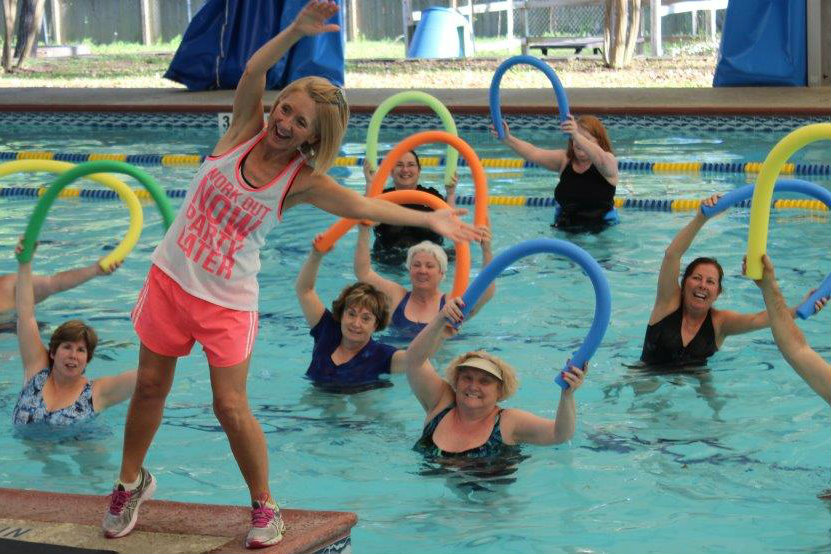High blood pressure, or hypertension, is one of the major contributors to fatalities in the United States, linked to more than 410,000 American deaths in 2014. The condition, which develops over time and often goes undetected, puts people at risk for heart disease and stroke. Hypertension also costs the country approximately $48.6 billion per year in health care services, medications and missed days of work.
It’s been well documented that hypertension can be reduced and controlled through lifestyle changes, such as diet, exercise and weight loss. Several studies have focused on the ability of exercise to lower blood pressure. The American Heart Association recommends at least 90 to 150 minutes of aerobic or resistance exercise per week.
Although swimming is listed as an accepted aerobic activity by the American Heart Association, very few studies have examined the effect water exercise has on blood pressure. Until recently, the majority of clinical studies on this relationship focused on land-based activities.
One study, published in September of 2017 in the American Journal of Hypertension, examined older women with high blood pressure after aerobic exercise. Twenty-four women who were over 70 and had high blood pressure were randomly assigned 45-minute land or water exercise sessions. When blood pressure was measured after activity, results found the immediate antihypertensive benefits of water exercise comparable to land exercise.
Another study article from PLOS, published in June of 2017, showed similar results. The group of participants, which included 45 older women, were divided into three groups: those with normal blood pressure, treated high blood pressure, and untreated high blood pressure. They were given equivalent amounts of land and water exercise. Results showed that water exercise was more effective in lowering blood pressure and improving cardiac autonomic function immediately after exercise – in all three groups – when compared with land exercise.
More research is still needed, but these findings provide a foundation for recommending water exercise as part of an ongoing prevention and treatment plan for those with hypertension.
Special thanks to NSPF.
Studies Referenced:
Bocalini DS, Bergamin M, Evangelista AL, Rica RL, Pontes FL Junior, Figueira A Junior, et al. (2017) Post-exercise hypotension and heart rate variability response after water- and land-ergometry exercise in hypertensive patients. PLoS ONE 12(6): e0180216. https://doi.org/10.1371/journal.pone.0180216
Cunha, R., Costa, A., Silva, C., Rolim, T., Pescatello, L., & Lehnen, A. (2017). Post-Exercise Hypotension After Aquatic Exercise in Older Women With Hypertension: A Randomized Crossover Clinical Trial. American Journal of Hypertension, Epub ahead of print. http://doi.org/10.1093/ajh/hpx165
Igarashi, Y., & Nogami, Y. (2017). The effect of regular aquatic exercise on blood pressure: A meta-analysis of randomized controlled trials [Abstract]. European Journal of Preventive Cardiology. Retrieved from https://www.ncbi.nlm.nih.gov/pubmed/28914562.



